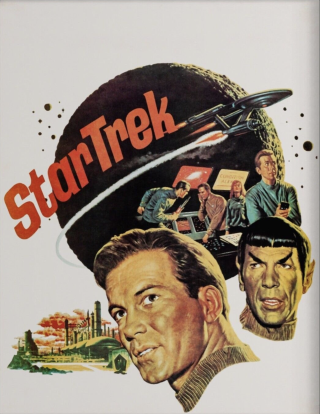On December 20, 1986, one month after the release of Star Trek IV: The Voyage Home, William Shatner hosted Saturday Night Live. By that point, the actor had been playing Captain Kirk for 20 years. More than anyone else (except maybe Leonard Nimoy), he understood what it was like to live under a discerning subculture’s microscope.Knowing this, Robert Smigel approached Shatner early in the week with an idea. The writer, who was in the middle of his second season at SNL, pitched a sketch in which the sci-fi icon visits a Star Trek convention. The twist? Instead of warmly greeting the attendees, he’d make fun of them. What sold him on the scenario were three words that Smigel suggested he say to the mostly bespectacled crowd: “Get a life!”
“That’s what made him laugh,” Smigel said. The phrase wasn’t yet the ubiquitous insult lobbed at know-it-alls, but he’d heard it before. Smigel, whose lengthy SNL résumé includes the creation of both the long-running, oft-quoted “Bill Swerski’s Super Fans” and the animated short series TV Funhouse, went as far as calling Shatner’s dork roast “maybe the most resonant sketch I ever wrote there.”
The world never used to care about the opinions of nerds. For decades, fanboys and fangirls weren’t considered important enough to acknowledge, let alone listen to. Then things changed. It’s hard to determine exactly when the flip occurred, but the SNL sketch signaled an impending mainstream shift.
The six-minute segment endures because of what it’s poking: the strange relationship between the diehards and the people behind their favorite television shows and movies. In those days, it was one-sided. Hardcore fans held little sway. Now, emboldened by the internet and their own purchasing power, they’ve gained leverage. As former SNL staffer Jon Vitti, who helped Smigel with the Star Trek sketch, put it: “You’re not really picking on the weak anymore.”

